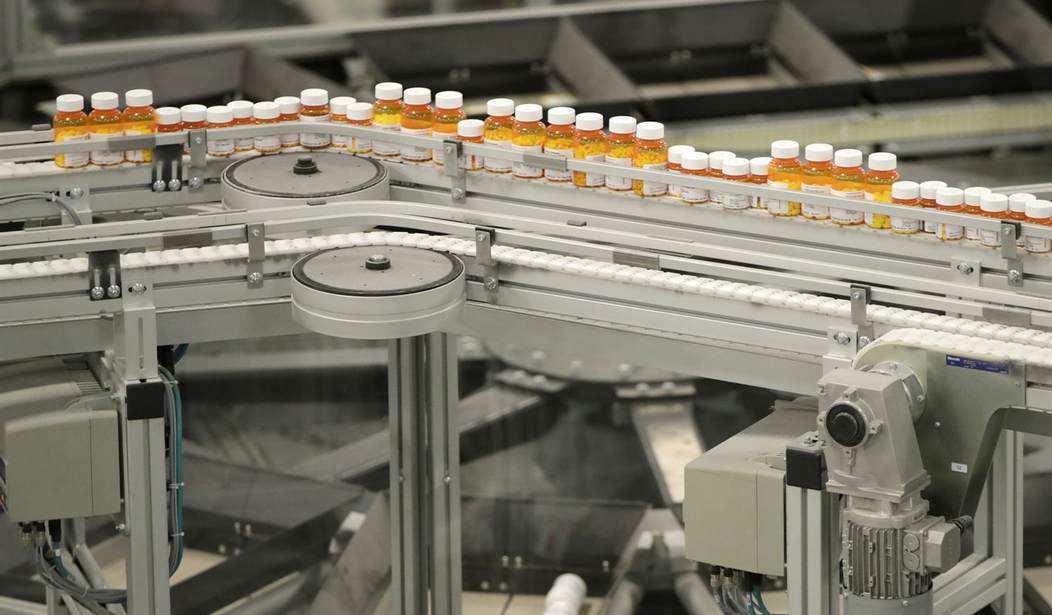Some issues transcend politics, and one is the nation’s drug crisis. Recent reports trumpet “hope” in ending the national tragedy, which is everywhere reflected locally. Addiction takes 130 American lives – daily. But is the trumpeted data really hopeful?
Realists should take a second look – and then redouble the federal commitment to more prevention, accessible treatment, anti-trafficking law enforcement, targeted border interdiction, and source country efforts. The problem is complex, and a hard look at data suggests we are not yet winning.
In May, one national headline announced: “Hope in the drug crisis: New data shows prescription opioid use fell at a historic rate last year.” As far as it goes, that data is encouraging. But behind that step forward are a dozen steps back or sideways.
Yes, on the numbers, use of prescription opioids fell at a record rate in 2018, down 17 percent – a record decline. But from what? A record high level. Measured against what substitutions? Record high use of other drugs. Resulting in what changes within emergency rooms, morgues, addiction centers, and other indicia of use? Unclear.
The celebration is a bit early. In the 1990s and 2000s, pain management promoters – as we all know – pushed addictive pain relievers, which clearly contributed to rising prescription opioid addiction rates. Federal and state lawsuits against manufacturers, reduced prescribing by doctors, and public vigilance have reduced overall use of prescription opioids.
But other waves causing national addiction, overdose, and drug-related emergency admission rates to rise have hardly receded. If anything, the substitution effect has led to elevated use, addiction and losses tied to other drugs.
Recommended
Today, we have increased trafficking--and projected increases in foreign-source heroin, cocaine, fentanyl, methamphetamines, other synthetics, and high purity marijuana. None of those increases are helping reduce overall addiction, drug-related emergency room admissions, or health care costs.
Quite the reverse: Nationally, the most recent Drug Enforcement Administration data reveal America is losing the battle to turn back foreign-source drugs, even as we struggle to keep up with treatment needs and return to effective prevention messages.
Notably, the combination of illicit and prescribed opioids, higher cocaine and meth availability, and reduced public attention from national leaders has led to a “sharp increase in the death rate for overdoses by teens and young adults,” according to another 2019 study.
To be clear, however prescription drug abuse falls, use of heroin and other illicit drugs remains a major national scourge. Illicit heroin distribution – with fentanyl, cocaine, meth and other drugs – directly affects public health and safety, as much or more than declining prescription drug abuse.
Perhaps more concerning, younger Americans are the chief victims of our national inattention, indifference and too often ineffective policies. They are the ones facing elevated death rates and increased overdoses from high purity illicit drugs.
To be specific, “death rates from drug overdoses for people ages 15 to 24 rose by 19.75 percent from 2006 to 2015,” and overall availability of high-purity drugs has continued to rise from 2015 forward.
This is not all about prescription drugs. The National Institutes of Drug Abuse reported in 2019: “Among the more than 70,200 drug overdose deaths estimated in 2017, the sharpest increase occurred among deaths related to fentanyl and fentanyl analogs (other synthetic narcotics) with more than 28,400 overdose deaths,” and the 70,000 number is up from 20,000 two decades ago.
So, as annual drug deaths continue to rise, real solutions are needed. Even as on-the-spot use of overdose reversing naloxone rises, long term treatment is needed and often missing. Unless otherwise admitted to effective treatment, those addicted will continue to require resuscitation – until they overdose without recovering.
Other indicia of crisis are not retreating. Thus, the National Substance Abuse and Mental Health Services Administration last year recorded an increase in emergency help calls – not a decrease.
Where does this realism lead? Optimally, to solutions. Net-net, we should be able to do better than we are doing. How specifically?
While various legislative ideas circulate, getting ahead of this national drug crisis – helping individuals and families at their wit’s end, financially and emotionally – should be a burden more fully borne at the federal level.
Needed is a national recommitment to the idea that public health and safety – particularly of younger Americans – comes first. Needed is the understanding that the drug crisis is materially contributing to higher hospital, long-term health, health insurance, public education and law enforcement costs.
The solution is a return to what works – effective prevention and treatment, including incentives, access and follow-up; targeted anti-trafficking law enforcement, not just at the border but through mail and package shipments; work with foreign countries, from Colombia and Mexico to China on halting the drug production in their worlds; and stronger leadership in both Congress and the Administration.
Some crises will not recede on their own. They continue to radiate outward, in spreading sadness, tragedy and costs, widening the gap between hoped-for and actual public health and safety.
Hope is good, and data that back up new hope is valuable. But let’s be realists, and get this problem solved – not celebrate before we have.
Perry Gershon is a widely recognized business leader and national commentator on business, trade, policy and politics. A congressional candidate for New York’s first district, he holds a B.A. from Yale and an M.B.A. from the Univ. of California, Berkeley.

























Join the conversation as a VIP Member